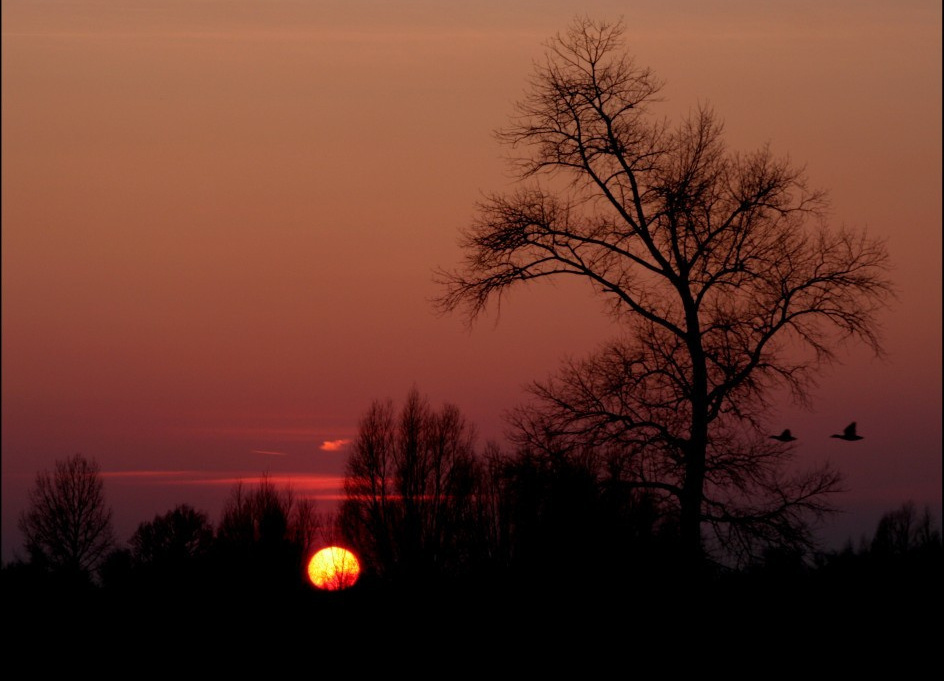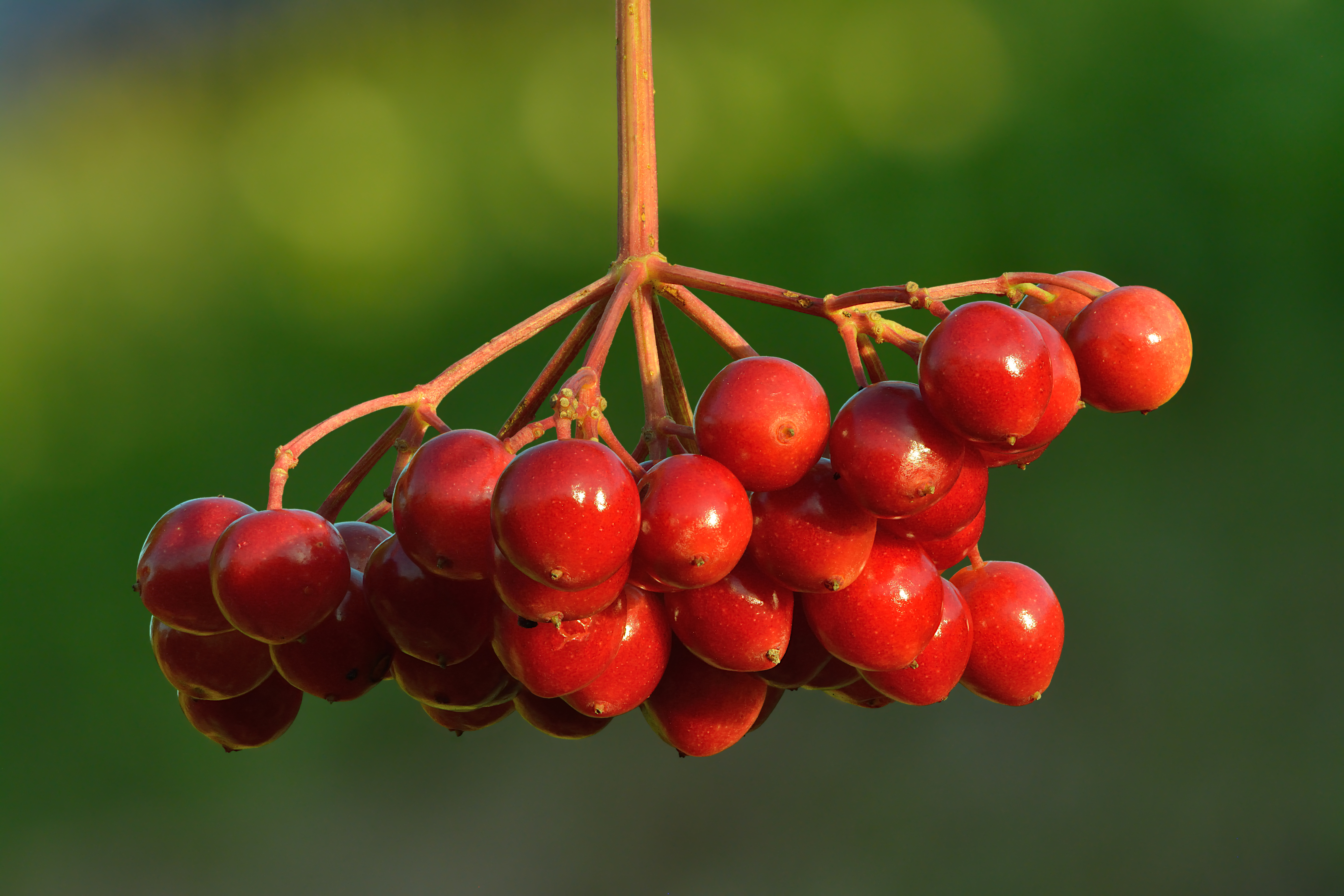|
Geelders
The forest and nature area the Geelders is located at the western side of the village of Olland in Meierijstad, North Brabant and covers almost 300 hectares. The Geelders are part of the larger area Het Groene Woud. The varied landscape of the Geelders consists of coppice hedges, with deciduous forests with drover's roads, poplars, heathland, grassland and farmland. Already in the 17th century was the area used for the production of oak coppice. The bark of trees was used in the tannery. In order to exploit the forest as well as possible there were wide drover's roads constructed. For an extensive system of drainage there were ditches and trenches constructed. On the available new land there were ''rabatten'' made, which are the higher ground ridges between the trenches which were used for silviculture. Cavities in old and often declining trees are grateful breeding and hiding places for tawny owls and beech martens. In spring the forest soils are covered with millions of wo ... [...More Info...] [...Related Items...] OR: [Wikipedia] [Google] [Baidu] |
Dactylorhiza Maculata
''Dactylorhiza maculata'', known as the heath spotted-orchid or moorland spotted orchid, is an herbaceous perennial plant of the family Orchidaceae. It is widespread in mountainous regions across much of Europe from Portugal and Iceland east to Russia. It is also found in Algeria, Morocco, and western Siberia. Etymology The name of the genus ''Dactylorhiza'' is formed from the Greek words δάκτυλος 'daktylos' meaning 'finger' and ρίζα 'ridza' meaning 'root' and refers to the tubers of this plant, which are split into several tubercles. The specific epithet 'maculata', meaning 'spotted', refers to the stained leaves. The scientific binomial name of this plant was initially ''Orchis maculata'', proposed by the Swedish naturalist and botanist Carl Linnaeus in 1753. The name was changed to the one currently accepted (''Dactylorhiza maculata'') by the Hungarian botanist Károly Rezső Soó in 1962. In German this plant is called ''Geflecktes Knabenkraut'', in French ''orch ... [...More Info...] [...Related Items...] OR: [Wikipedia] [Google] [Baidu] |
Forests Of The Netherlands
A forest is an area of land dominated by trees. Hundreds of definitions of forest are used throughout the world, incorporating factors such as tree density, tree height, land use, legal standing, and ecological function. The United Nations' Food and Agriculture Organization (FAO) defines a forest as, "Land spanning more than 0.5 hectares with trees higher than 5 meters and a canopy cover of more than 10 percent, or trees able to reach these thresholds ''in situ''. It does not include land that is predominantly under agricultural or urban use." Using this definition, '' Global Forest Resources Assessment 2020'' (FRA 2020) found that forests covered , or approximately 31 percent of the world's land area in 2020. Forests are the predominant terrestrial ecosystem of Earth, and are found around the globe. More than half of the world's forests are found in only five countries (Brazil, Canada, China, Russia, and the United States). The largest share of forests (45 percent) are in th ... [...More Info...] [...Related Items...] OR: [Wikipedia] [Google] [Baidu] |
Staatsbosbeheer
Staatsbosbeheer, founded in 1899, is a Dutch government organization for forestry and the management of nature reserves. Staatsbosbeheer currently oversees over 250,000 hectares of land in the Netherlands. Usually this land is open to the public for recreational purposes, but restrictions often apply. Examples are the compulsory use of a leash when bringing a dog, or daytime access only. The organization has been criticized for not taking close enough care of its lands, or for interfering with political decisions, but news reports are generally positive or simply report public service announcements from the organization. Example:De ruigpootuil broedt weer in Nederland. (July 28, 2008). ''NOS''. Retrieved July 31, 2008. While the literal translation of the name would be 'State Forest Management', forests only make up 900 square kilometres of the total land under supervision. The remaining land consists of varying landscapes such as dunes, polders and wetlands. Chairpersons Not ... [...More Info...] [...Related Items...] OR: [Wikipedia] [Google] [Baidu] |
Netherlands
) , anthem = ( en, "William of Nassau") , image_map = , map_caption = , subdivision_type = Sovereign state , subdivision_name = Kingdom of the Netherlands , established_title = Before independence , established_date = Spanish Netherlands , established_title2 = Act of Abjuration , established_date2 = 26 July 1581 , established_title3 = Peace of Münster , established_date3 = 30 January 1648 , established_title4 = Kingdom established , established_date4 = 16 March 1815 , established_title5 = Liberation Day (Netherlands), Liberation Day , established_date5 = 5 May 1945 , established_title6 = Charter for the Kingdom of the Netherlands, Kingdom Charter , established_date6 = 15 December 1954 , established_title7 = Dissolution of the Netherlands Antilles, Caribbean reorganisation , established_date7 = 10 October 2010 , official_languages = Dutch language, Dutch , languages_type = Regional languages , languages_sub = yes , languages = , languages2_type = Reco ... [...More Info...] [...Related Items...] OR: [Wikipedia] [Google] [Baidu] |
Second World War
World War II or the Second World War, often abbreviated as WWII or WW2, was a world war that lasted from 1939 to 1945. It involved the World War II by country, vast majority of the world's countries—including all of the great powers—forming two opposing military alliances: the Allies of World War II, Allies and the Axis powers. World War II was a total war that directly involved more than 100 million Military personnel, personnel from more than 30 countries. The major participants in the war threw their entire economic, industrial, and scientific capabilities behind the war effort, blurring the distinction between civilian and military resources. Air warfare of World War II, Aircraft played a major role in the conflict, enabling the strategic bombing of population centres and deploying the Atomic bombings of Hiroshima and Nagasaki, only two nuclear weapons ever used in war. World War II was by far the List of wars by death toll, deadliest conflict in hu ... [...More Info...] [...Related Items...] OR: [Wikipedia] [Google] [Baidu] |
Vught
Vught () is a municipality and a town in the southern Netherlands, and lies just south of the industrial and administrative centre of 's-Hertogenbosch. Many commuters live in the municipality, and the town of Vught was once named "Best place to live" by the Dutch magazine ''Elsevier''. Population centres * Cromvoirt * Helvoirt *Vught Topography ''Dutch topographic map of the municipality of Vught, 2021'' History Early history The first mention of Vught in the historical record dates to the eleventh century. By the fourteenth century, the Teutonic Order had acquired the parish and set up a commandery (feudalism) across from the Saint Lambert Church. In 1328, the residents of Vught were granted the right of municipality by the Duke of Brabant. Eighty Years War During the Eighty Years War Vught was the site of struggles between Catholic interests and the troops of William of Orange. The Saint Lambert Church was made into a Reformed Protestant church in the year 1629, after t ... [...More Info...] [...Related Items...] OR: [Wikipedia] [Google] [Baidu] |
Crataegus Monogyna
''Crataegus monogyna'', known as common hawthorn, one-seed hawthorn, or single-seeded hawthorn, is a species of flowering plant in the rose family Rosaceae. It is native to Europe, northwestern Africa, and West Asia, but has been introduced in many other parts of the world. Names This species is one of several that have been referred to as '' Crataegus oxyacantha'', a name that has been rejected by the botanical community as too ambiguous. In 1793, Medikus published the name ''C. apiifolia'' for a European hawthorn now included in ''C. monogyna,'' but that name is illegitimate under the rules of botanical nomenclature. Other common names include may, mayblossom, maythorn, (as the plant generally flowers in May in the English-speaking parts of Europe) quickthorn, whitethorn, motherdie, and haw. Description The common hawthorn is a shrub or small tree up to about tall, with a dense crown. The bark is dull brown with vertical orange cracks. The younger stems bear s ... [...More Info...] [...Related Items...] OR: [Wikipedia] [Google] [Baidu] |
Dog Rose
''Rosa canina'', commonly known as the dog rose, is a variable climbing, wild rose species native to Europe, northwest Africa, and western Asia. Description The dog rose is a deciduous shrub normally ranging in height from , though sometimes it can scramble higher into the crowns of taller trees. Its stems are covered with small, sharp, hooked prickles, which aid it in climbing. The leaves are pinnate, with 5–7 leaflets. Leaves have a delicious fragrance, when bruised. The dog rose blooms from June to July, with sweet scented flowers which are usually pale pink, but can vary between a deep pink and white. They are in diameter with five petals. As other roses it has a quintuscial aestivation (see sketch A in diagram). Unusually though of its five sepals, when viewed from underneath two are whiskered on both sides, two are quite smooth and one is whiskered (or bearded) on one side only. Flowers mature into an oval, , red-orange hip. The dog rose is hardy to zone 3 in the UK ... [...More Info...] [...Related Items...] OR: [Wikipedia] [Google] [Baidu] |
Guelder Rose
''Viburnum opulus'', the guelder-rose or guelder rose () is a species of flowering plant in the family Adoxaceae (formerly Caprifoliaceae) native to Europe, northern Africa and central Asia. Description ''Viburnum opulus'' is a deciduous shrub growing to tall. The leaves are opposite, three-lobed, long and broad, with a rounded base and coarsely serrated margins; they are superficially similar to the leaves of some maples, most easily distinguished by their somewhat wrinkled surface with impressed leaf venation. The leaf buds are green, with valvate bud scales. The hermaphrodite flowers are white, produced in corymbs in diameter at the top of the stems; each corymb comprises a ring of outer sterile flowers 1.5–2 cm in diameter with conspicuous petals, surrounding a center of small (5 mm), fertile flowers; the flowers are produced in early summer, and pollinated by insects. The fruit is a globose bright red drupe 7–10 mm diameter, containing a ... [...More Info...] [...Related Items...] OR: [Wikipedia] [Google] [Baidu] |
Medlar
''Mespilus germanica'', known as the medlar or common medlar, is a large shrub or small tree in the rose family Rosaceae. The fruit of this tree, also called medlar, has been cultivated since Roman times, is usually available in winter and eaten when bletted. It may be eaten raw and in a range of cooked dishes. When the genus '' Mespilus'' is included in the genus ''Crataegus'', the correct name for this species is ''Crataegus germanica'' ( Kuntze). In the southwest of England it historically had a number of vulgar nicknames, such as open-arse and monkey's bottom, due to the appearance of its large calyx. Description Under ideal circumstances, the deciduous plant grows up to tall. Generally, it is shorter and more shrub-like than tree-like. With a lifespan of 30–60 years, the tree is rather short-lived. Its bark is grayish brown with deep vertical cracks forming rectangular plates that tend to lift off. The wild form of ''M. germanica'' is mostly a thorny, more shrub-lik ... [...More Info...] [...Related Items...] OR: [Wikipedia] [Google] [Baidu] |

.jpg)




